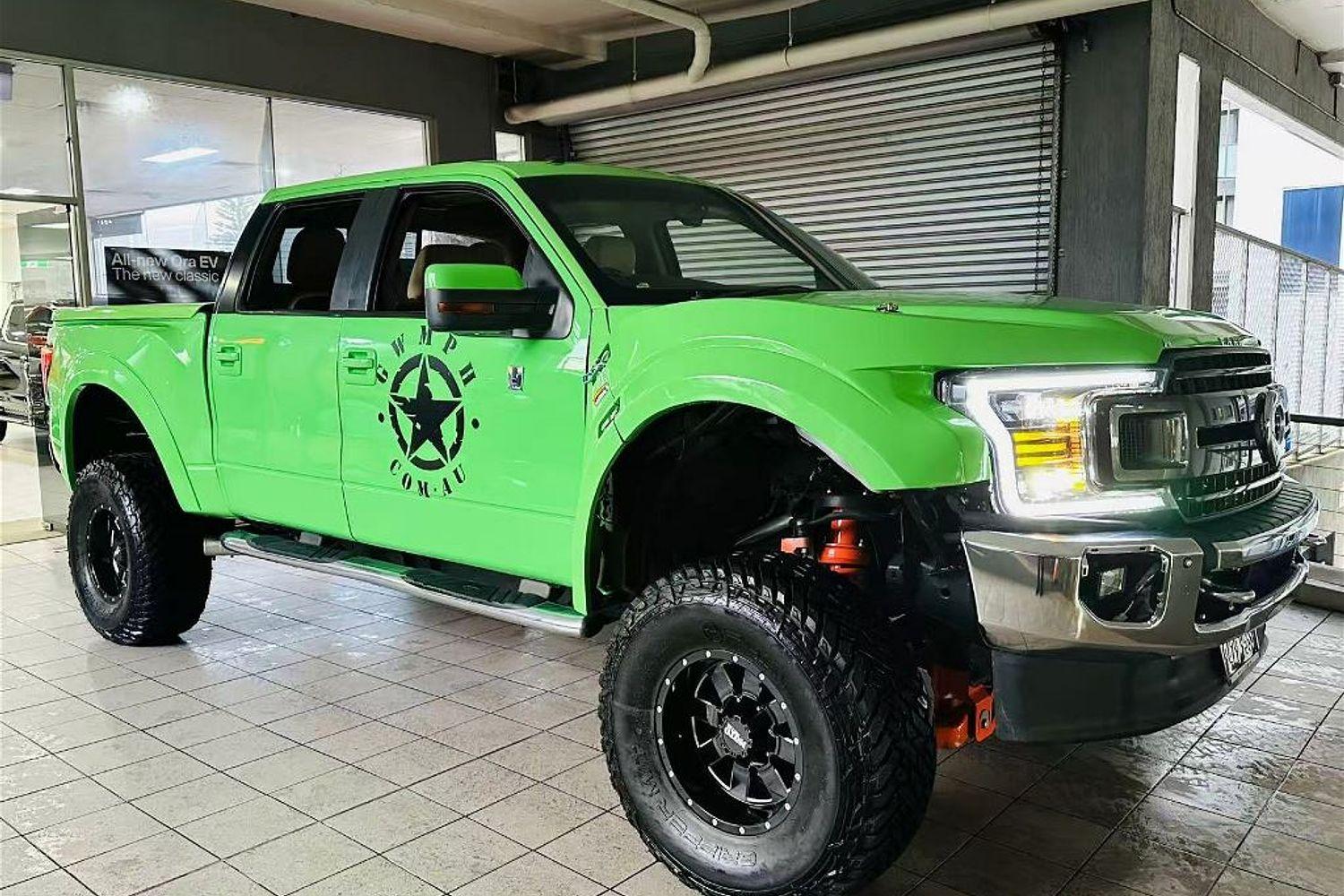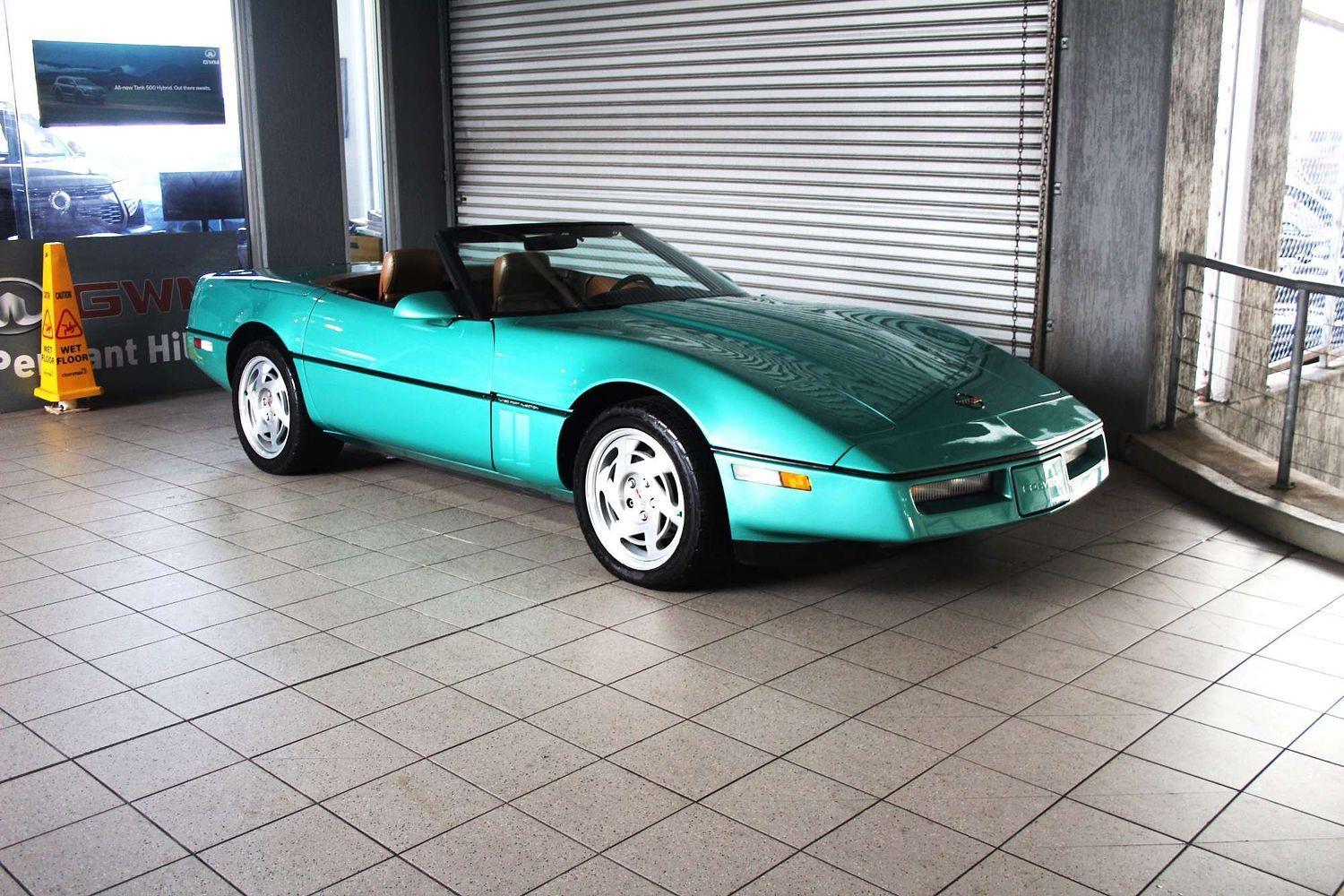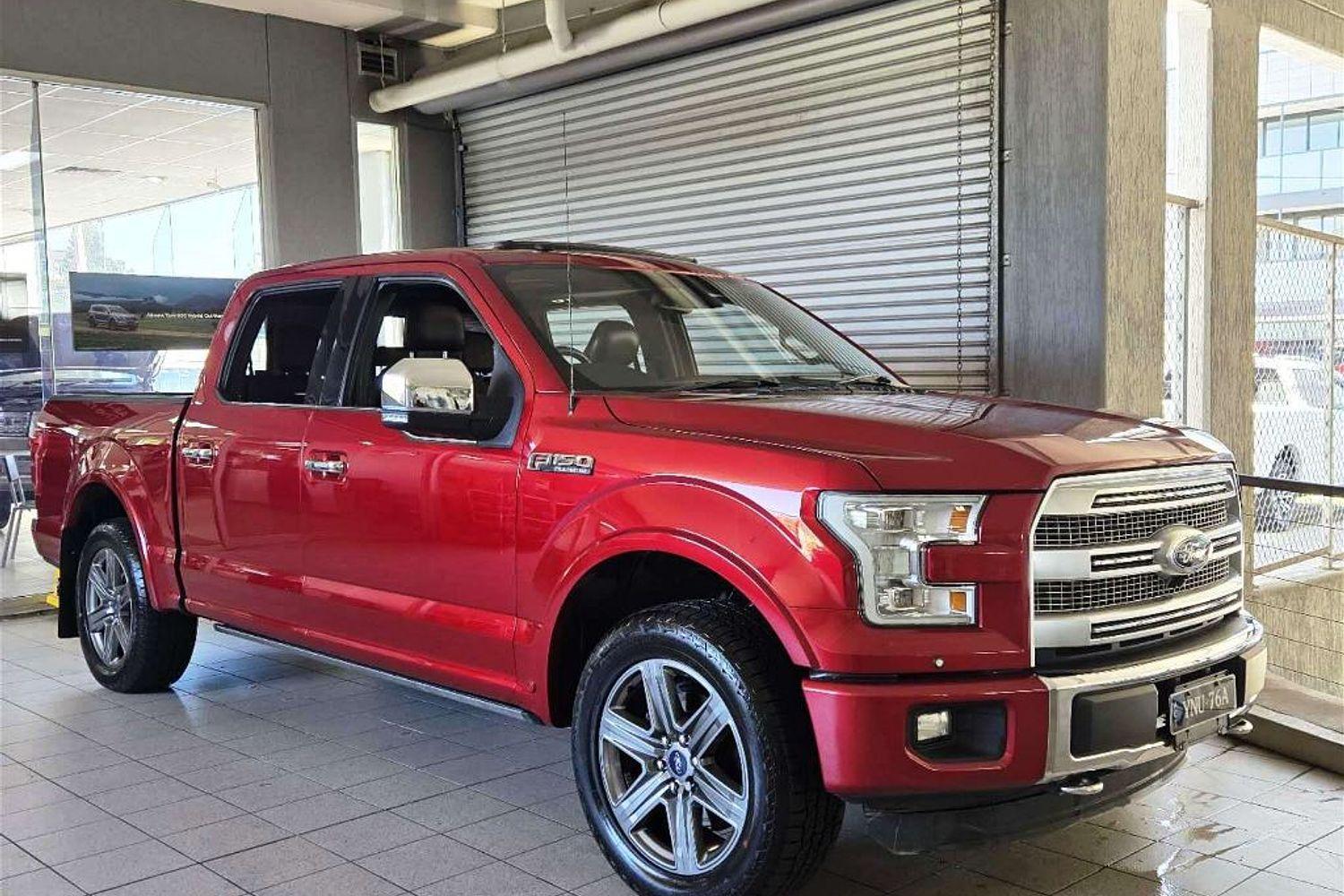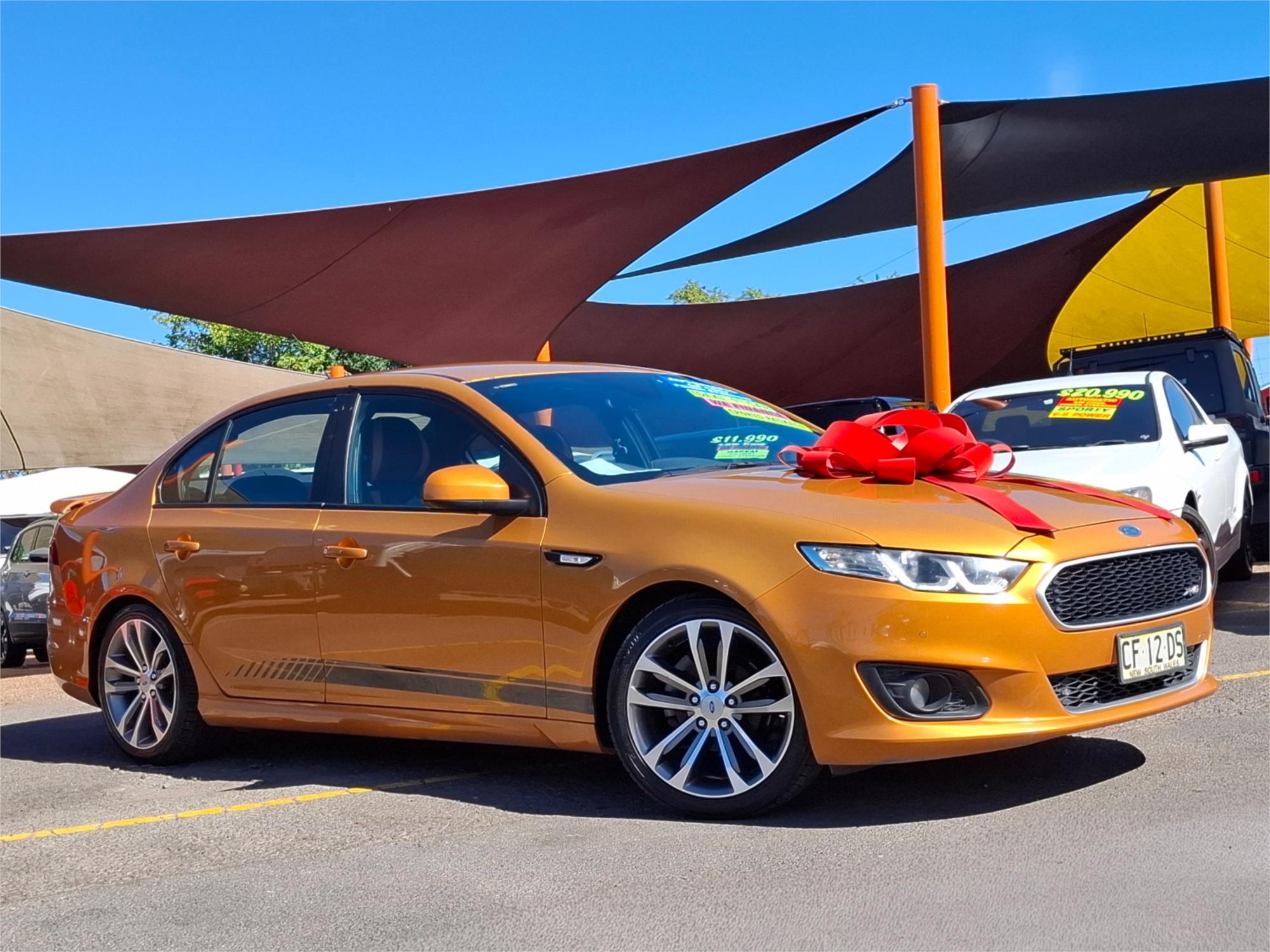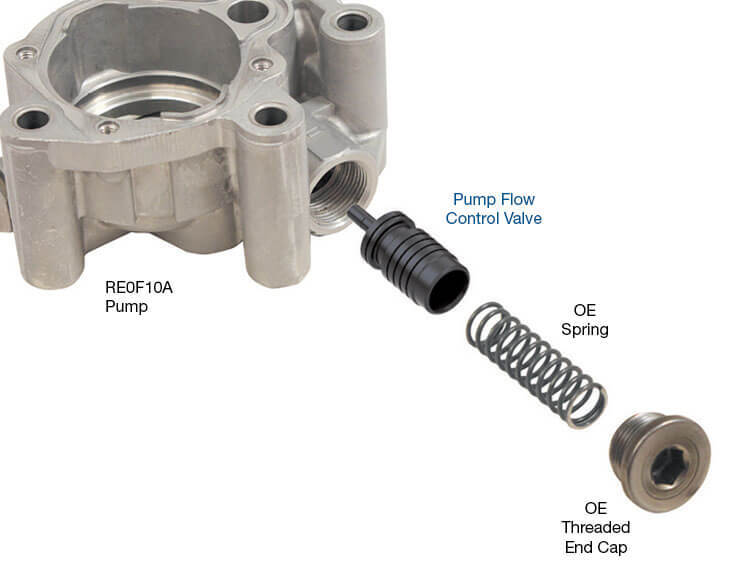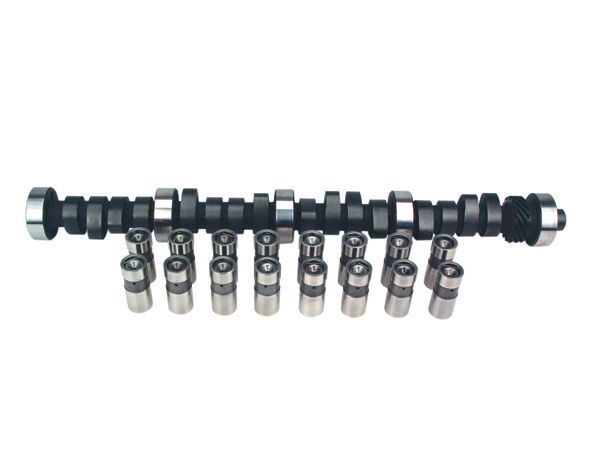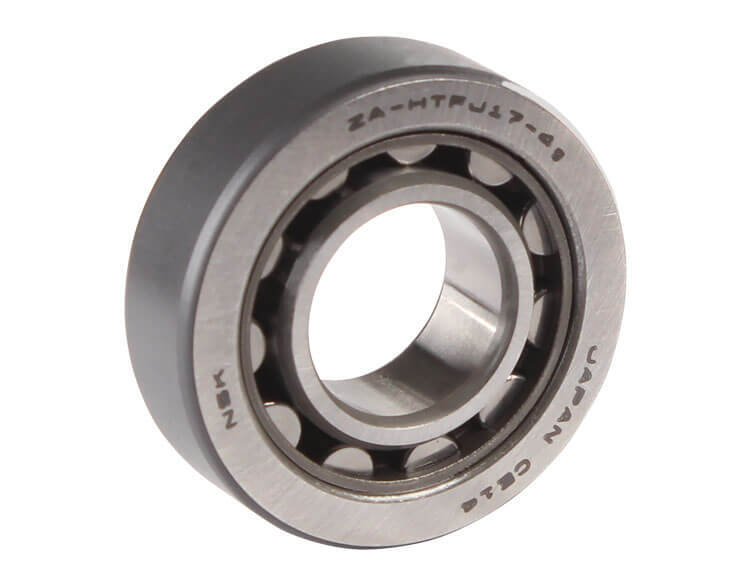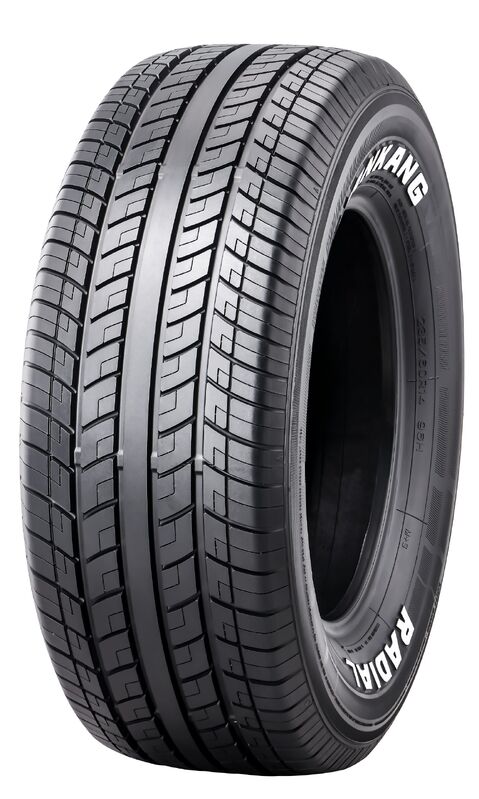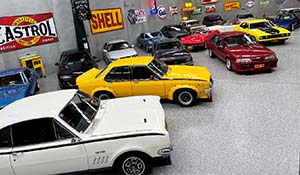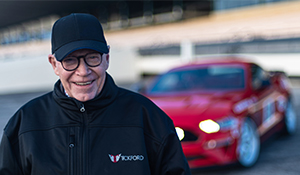GM reveals Chevrolet ‘California Corvette’ concept
Following the presentation of a Corvette EV concept in March, General Motors released a second Corvette concept in late July. This one is also an EV, coming from GM’s Advanced Design studio in Pasadena, whereas the first concept was the product of GM’s new Advanced Design studio in the UK. GM plan to release a third Corvette concept study from a third studio later this year.

Labelled as the ‘California Corvette’ this second concept gives America’s sports car a (very) futuristic twist, while also reflecting Corvette DNA and what GM call their “deep roots in the SoCal design community”.
The concept is a full-size, non-functional scale model, while the driving experience is replicated in a virtual reality simulator.
While GM states there are no plans to bring the concept to production and that the California Corvette is only a vision of what the Corvette could be, one intriguing detail suggests that it could be closer to reality than what they say.

West Coast Moderne
GM’s Advanced Design studio in Pasadena plays a key role in GM’s global design network, which in addition to the aforementioned studio in the UK, also includes studios in Detroit, Shanghai and Seoul.
The Pasadena facility covers 148,000-square-feet (13,749 sqm) across three buildings, and is fully equipped for advanced design, development, physical modelling and vehicle builds. The staff of about 130 include experts in design, creative, facilities, operations, sculpting, fabrication and artisanal work.
“Our Advanced Design teams are dedicated to shaping the future, driving innovation and exploring what’s possible,” said Bryan Nesbitt, who recently replaced Australia’s Mike Simcoe as GM’s Head of Global Design. “The California Corvette concept is another example of forward-thinking design.
“We invited multiple GM studios to envision Corvette-inspired hypercars — the first of which was revealed by our UK studio in March. The California team has now delivered a complementary study that honours Corvette’s legendary performance, while infusing it with their own distinctive vision.”

California Dreamin'
While light on technical detail, information provided by GM states that the California Corvette concept pays homage to the Corvette’s heritage, along with Southern California design culture.
“Southern California has been at the heart of automotive and design culture for a century, and GM has had a deep design presence here for nearly 40 years,” said Brian Smith, design director, GM Advanced Design Pasadena. “We wanted to ensure that this concept was developed through that SoCal lens, but with a global and futuristic outlook.”
Dimensions of 4,669mm x 2,184mm x 1,051mm (LxWxH) and a 2,767mm wheelbase are close to that of the current C8 Corvette production car, but the concept is marginally longer, wider and lower. The cab-forward layout that was introduced with the mid-engine C8 carries across to the concept, but introduces much more radical aerodynamics to accommodate a special battery pack. Additionally, the concept is said to have ‘dual purpose’ versatility that allows it to be used on the road and the racetrack.

Ready to Race
A key feature of the California Corvette is a front-hinged canopy that can be removed entirely, turning the concept from an enclosed sports car to a roadster, or what GM calls an “open air track car”.
The racing ethos behind the design continues with dramatic exterior proportions – wide rear wheels, a narrow, tapered cabin and a narrow cockpit. Wheels are 21-inch at the front and 22-inch at the rear, with haunches that echo C3 Corvettes from the 1970s. Enhancing the rear wheel size is a ‘tunnelled’ treatment of the back end as part of an extreme aerodynamic package that includes a massive rear diffuser and active rear spoiler that eliminates the need for a traditional rear wing to generate downforce.
There’s no information on what – theoretically - powers the California Corvette, but GM does mention a T-shaped prismatic battery pack. This is said to allow better airflow around and through the chassis, while also enabling seating in the cabin to be much lower.

Super Future Inside
The concept's interior design maximises the driver’s focus, “with minimal distraction”. An aircraft-style yoke replaces a traditional steering wheel. This and the pedals are adjustable, with the seats fixed, reflecting the concept’s racing inspiration.
A digital display incorporated into the yoke is augmented with a secondary screen on the dash, providing “performance-focused displays”. If the instrumentation appears minimal, that’s because the California Corvette’s cabin design also incorporates an augmented-reality head-up display. To enhance high-speed driving, the HUD presents only the most essential data, like lap times and optimum racing lines.

In place of a traditional infotainment system, the design appears to accommodate the driver’s smartphone. As such, the centre console is virtually devoid of controls and switchgear. This ‘divide’ between driver and passenger created by the California Corvette's centre console is even more pronounced than that on the C8 Corvette, virtually creating a two-cockpit layout.
C10 - Maybe?
The presence of only two pedals reinforces the concept’s EV drivetrain, but of greater interest is subtle ‘C10’ identification inside and out that suggests the California Corvette may reach production as the 10th generation of ‘America’s Sports Car’.
The UK concept from earlier this year had ‘C9’ identification, suggesting the remaining Corvette concept to be unveiled this year will be a C11.


